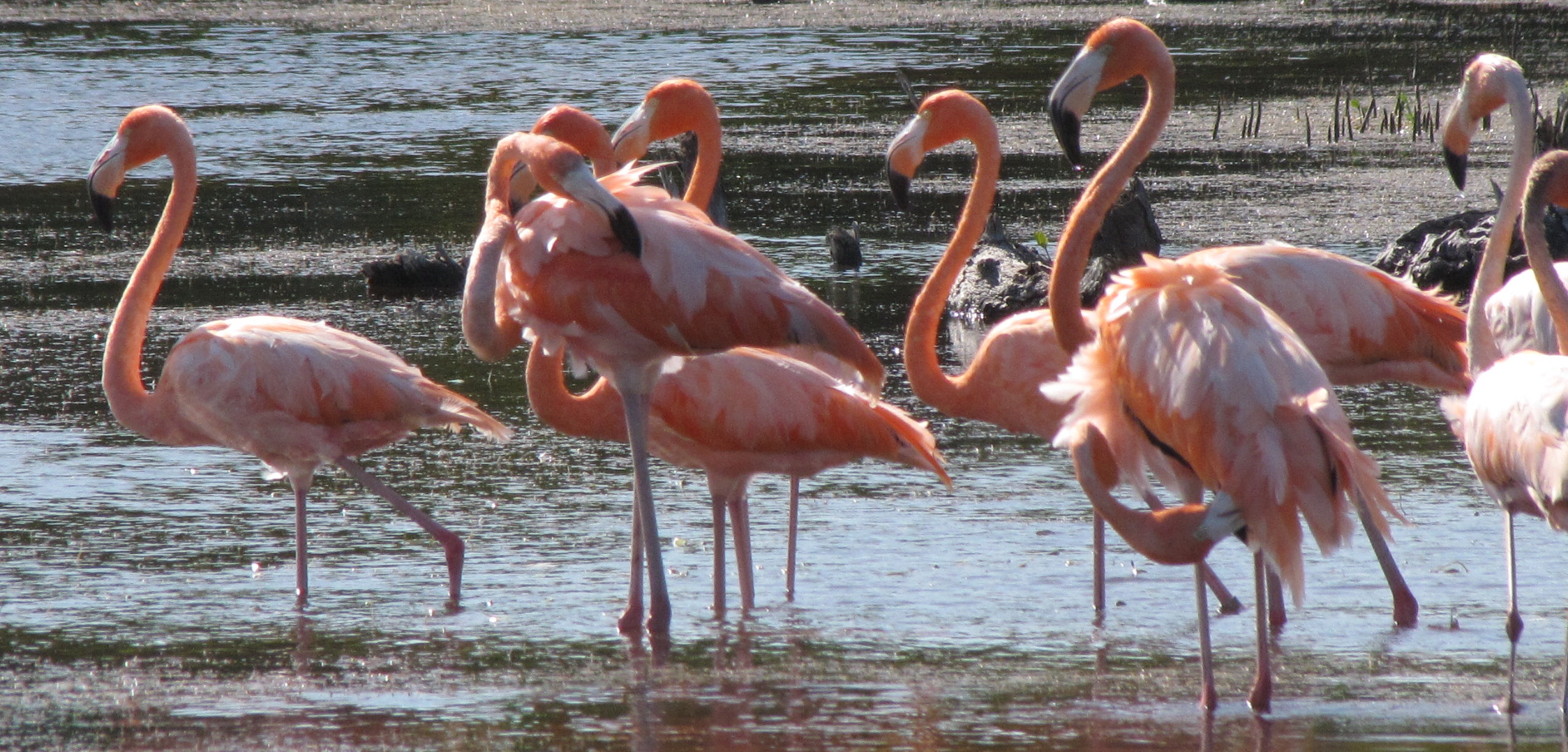 Last night I was attaching a fixture in the bathroom when I nicked a waterline buried in the wall with my drill. So I hollered for Mary to plug the leak with her thumb while I put the ladder up for climbing to the roof to turn off the tinaco (roof tank) which feeds our gravity system. Then I called our plumber. That was 9:30 pm. He said he would be here at 9am. He arrived promptly, and opened the wall with his electric jackhammer to reveal where I had grazed the copper hotwater line. We drained the line and he soldered over the nick. Total elapsed time: 40 minutes. Cost $150mx (about $12us). I call him Rolando, El Mago (Rolando, the Magician.) I will patch the hole in the wall, or merely cover it.
Last night I was attaching a fixture in the bathroom when I nicked a waterline buried in the wall with my drill. So I hollered for Mary to plug the leak with her thumb while I put the ladder up for climbing to the roof to turn off the tinaco (roof tank) which feeds our gravity system. Then I called our plumber. That was 9:30 pm. He said he would be here at 9am. He arrived promptly, and opened the wall with his electric jackhammer to reveal where I had grazed the copper hotwater line. We drained the line and he soldered over the nick. Total elapsed time: 40 minutes. Cost $150mx (about $12us). I call him Rolando, El Mago (Rolando, the Magician.) I will patch the hole in the wall, or merely cover it.
Up north we hide our plumbing in the walls, behind plasterboard. It’s easy to locate such waterlines: simply drill a small, shallow hole, and poke a bent coat hanger in to probe for the line in the hollow space behind the plasterboard. But when gringos come here and remodel an old home, we hide pipes and wires inside concrete walls, contrary to “best local practices.” This makes for difficult repairs. (Plasterboard is used in new builds, in the modern neighborhoods; but not generally in Centro Merida.)
Before retiring, I was half owner of a large commercial photo lab which I had plumbed, mostly myself. We left many of the lines on the exterior walls, first polishing the copper with a green scrubby and then spraying it with clear lacquer for a decorative look – and for easy maintenance and modification. Such practices have become fashionable in the lofts and bistros of New York City. But much of the expat community here hasn’t adopted that look yet. The locals here have an easier time with maintenance in their older homes. We haven’t learned that lesson quite yet, often concealing pipes, wires and ducts inside stone walls when we renovate those homes.
I had hoped that my mistake might afford opportunity to remedy a blunder made by a former owner, as long as we had the wall open. Last spring, when shutting down the house, I discovered that the toilet tank is plumbed to the hotwater line. (The tank doesn’t noticeably fill with hot water, as the line is too long, but it does waste propane to recover from flushing.) Rolando explained that it was impossible to know how much hammering it might take to correct that faulty connection, as such lines are often underneath ceramic floor tile, buried in concrete. I guess we will not bust up the new flooring we put down six months ago simply to make that repair. Ah, if only they had run the lines attached to the outside of the walls, it would be easy.









